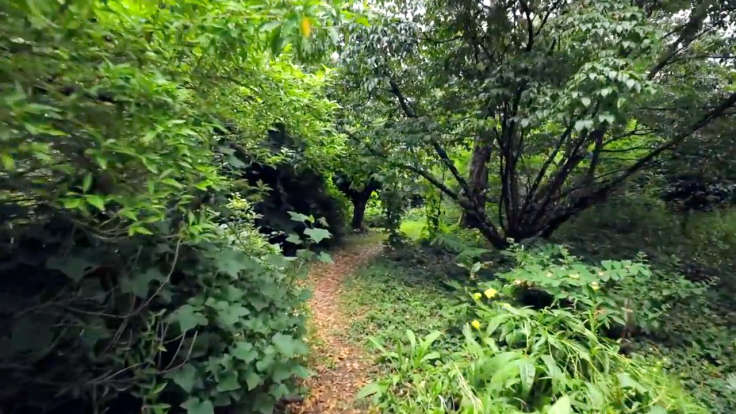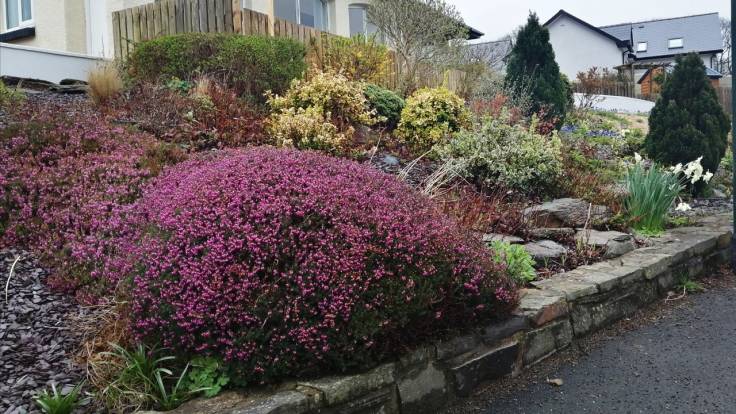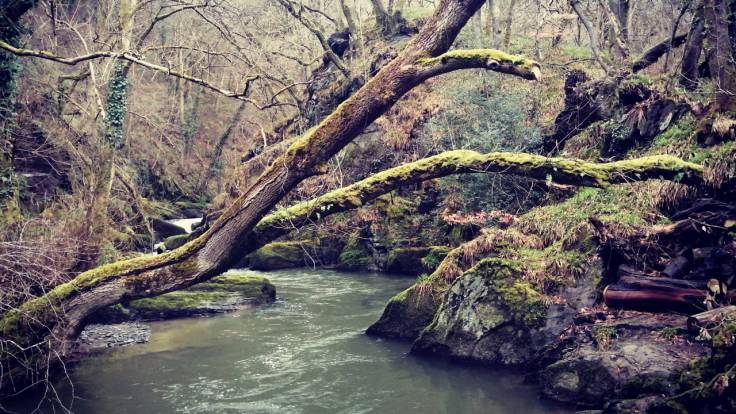
Photo still from the short film ‘A forest garden with 500 edible plants’ could lead to a sustainable future by Thomas Regnault
What does a forest garden even look like?
I phoned up a potential client today, a local builder who wants a garden that looks nice so he can sell the house. I had to emphasise the ornamental aspects of wildlife edible gardening. Because pictured is Martin Crawford’s amazing and mature forest garden down in Devon, near Totnes, and Nature & Climate Emergency or no Nature & Climate Emergency (clue: there is one), he most definitely wouldn’t want a garden like that.
Which led me to thinking, most ornamental gardens could be adapted to be wildlife food forest gardens, with a little thought. A local bungalow has a quite traditional garden, with heathers, griselina, pittosporum etc. – all non-native, unedible plants I’d never use, with minimal wildlife value with the exception of the early flowering heather.

Not really giving the forest garden vibe but still there are possibilities
I’m sure you could form a wildlife friendly, food forest garden in this style though. Rather than sheet mulch and gravel, use recycled aggregate (crushed concrete, brick, ceramic etc). Use edible ornamental shrubs, like Japanese Quince (Chaenomeles japonica), Udo (Aralia cordata), Chilean Guava (Ugni mollinae), Creeping Juniper (Juniperus horizontalis) etc. And add some wildlife habitat in the form of artful log piles, recycled aggregate structures, gabion pillars etc.

Moss covered trees on the River Ceri in West Wales
And moss, lots of moss. It grows like grass upon the trees. Go with your ecoregion.